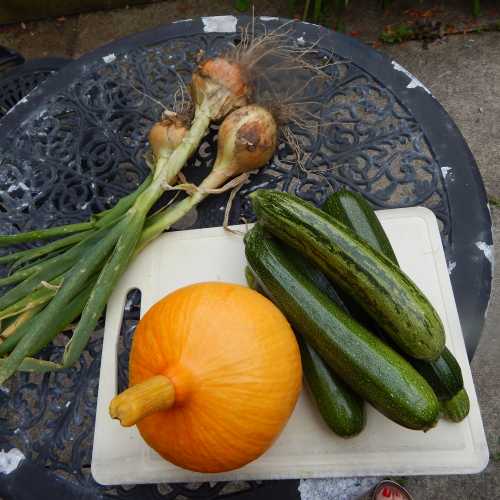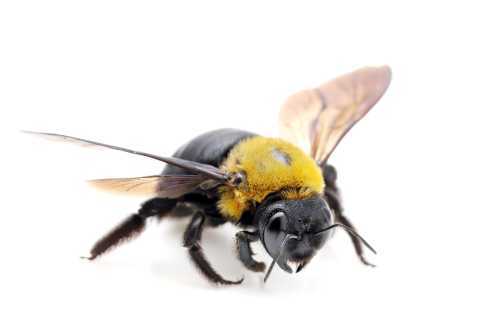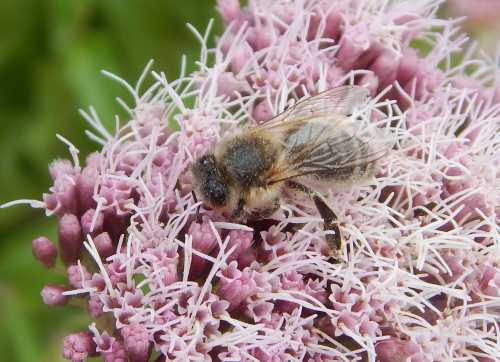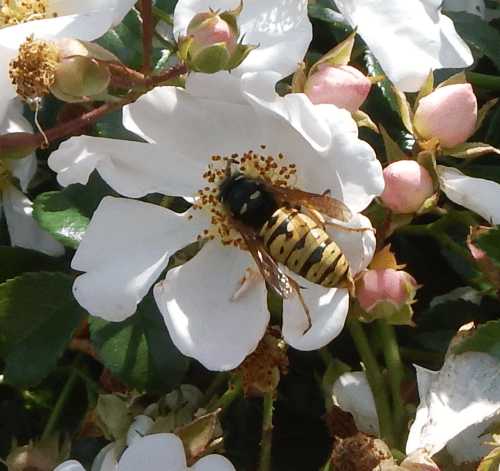Which Plants And Crops Are Buzz Pollinated?
Some flowering plants such as tomato can produce crops sufficiently without buzz pollination. However, buzz pollination will often bring a heavier yield, which is vital for commercial growing.
So which food crops are buzz pollinated?
Agricultural Crops That Benefit From Buzz Pollination
Food crops benefitting from buzz pollination are those with 'poricidal anthers' which do not easily release pollen without the involvement of a pollinator able specifically to buzz pollinate (i.e. use sonification).
According to Cooley et al (2021), buzz-pollinated food crops include the following1:
| Food Crops Requiring Buzz Pollination |
|---|
| Kiwi |
| Tamarillo, Tree Tomato |
| Bush Tomato |
| Wild Tomatoes |
| Tomato |
| Eggplant (aubergine) |
| Pepino Dulce, Sweet Cucumber |
| Currant Tomato |
| Lulo de perroa |
| Lulo, Naranjillaa |
| Cocona |
| Turkey Berry, Wild Eggplant, Pea Aubergine |
| Potato |
| Toronjo, Conquina Melona |
| Lowbush Blueberry |
| Rabbiteye Blueberry |
| Highbush Blueberry |
| Cranberry |
Although a number of wild wild bee species are able to buzz pollinate, in commercial crop growing settings, bumble bees are primarily used, although leafcutter bees may be useful for pollinating a alfalfa2.
Some bee species, such as the carpenter bees (Xylocopa) are known to engage in sonification, but their potential use in commercial growing settings may not be practical.
See Which bees can buzz pollinate?
What is the value of buzz pollinated crops and what are the alternatives?
There are estimations of the total value of bee pollinated crops overall (see Bee pollination).
However, buzz pollination is one aspect of the overall impact of insect pollination. Nevertheless, Cooley et al1 note that the best-studied buzz-pollinated crop is the tomato, which they state has a global annual value of USD $10.8B. Some varieties (there are more than 7,500) have an exposed stigma that is reported to be able to contact both buzz pollinating and non-buzz pollinating bees.
The authors of the study state further that although tomatoes are self-compatible, pollination is still required for full fruit set, which probably requires anther shaking to release pollen from their poricidal anthers.
Wind pollination alone may result in inferior quality tomatoes. An alternative to is to use manual pollination (human workforce using a vibrating wand), or insect visitation.
3. Examples of the benefits of bee pollination to food crops

Not all food crops require buzz pollination. Indeed, a number of bee species are highly effective pollinators of various fruits and vegetables, despite not using sonification. Examples include the mason bee species (Osmia) and honey bees (Apis species).
Here are three example of the advantages of insect pollination to food crops (whether using sonification or not).
1. Heavier yield and fruit quality in tomatoes.
2. Improvement to fruit shape, crop abundance, and possibly increased sweetness of watermelons.
3. Pollination by bees improves quantity, weight and fruit quality of apples.
4. Pollination by bees may help to improve the nutrient value of foods, thereby establishing a direct link between pollination and human health.
References
1. Hazel Cooley, Mario Vallejo-Marín, Buzz-Pollinated Crops: A Global Review and Meta-analysis of the Effects of Supplemental Bee Pollination in Tomato, Journal of Economic Entomology, Volume 114, Issue 2, April 2021, Pages 505–519, https://doi.org/10.1093/jee/toab009.
2. See my page about leafcutter bees.


